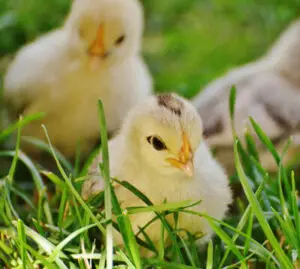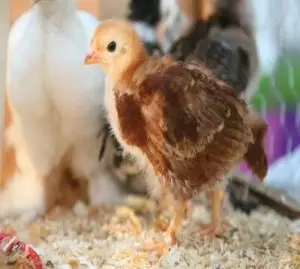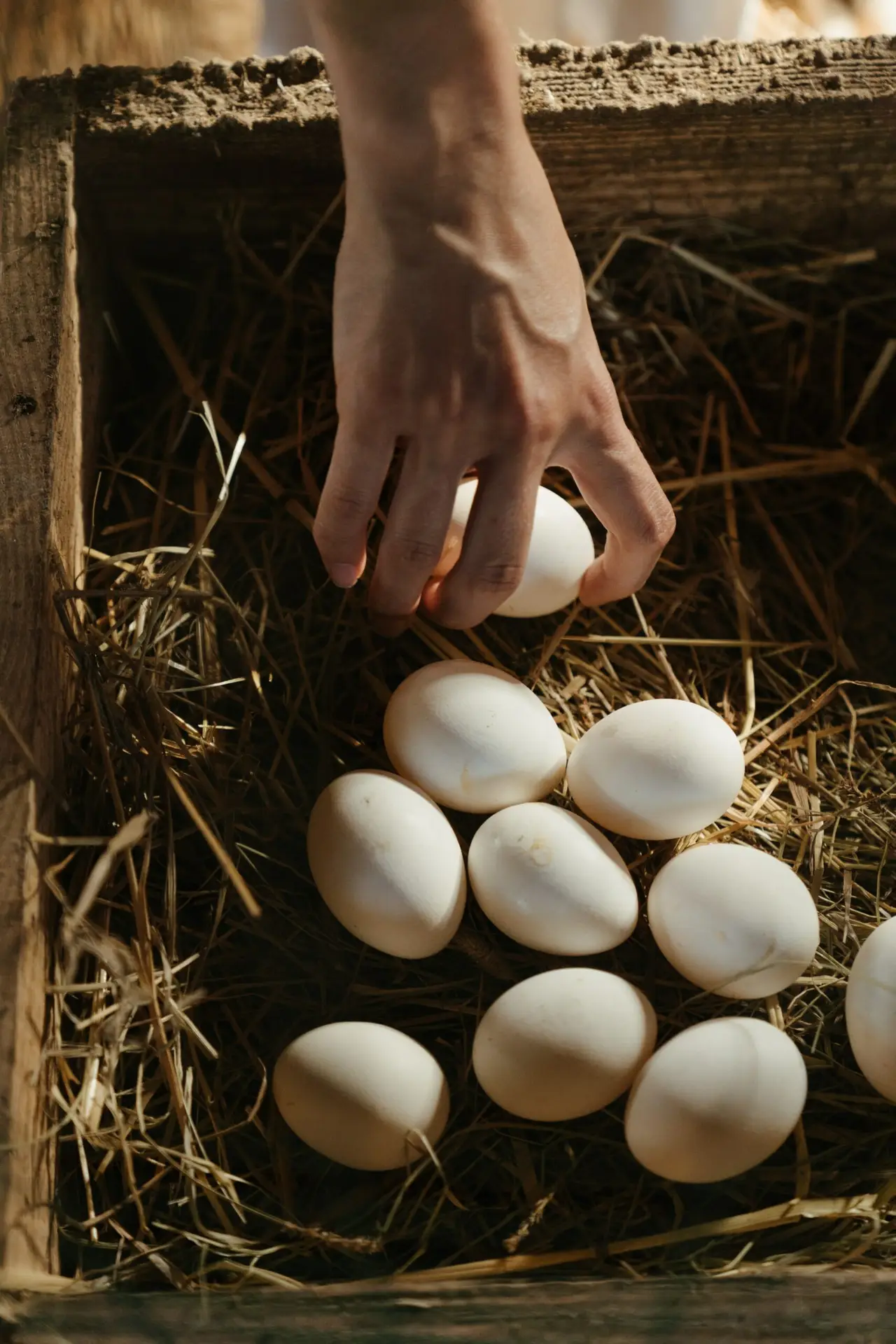
Causes, Treatment and Prevention of Pasty Butt in Chicks
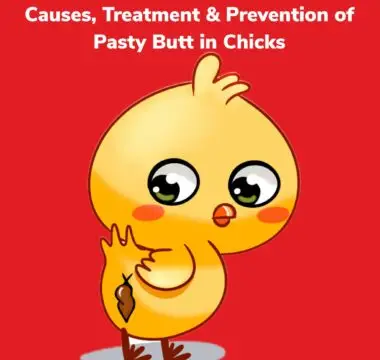
Worst Case Scenarios Can Occur
Pasty butt, is a fairly common ailment in chickens. The causes of this condition are not always clear, but some causes are known and there are steps you can take to cure it. In this article, we will discuss the signs and causes of Pasty Butt and how to treat it. We will also provide some tips for preventing this condition from occurring in the first place. So if you’re a chicken owner or breeder, be sure to read on!
Pasty Butt can be a Problem
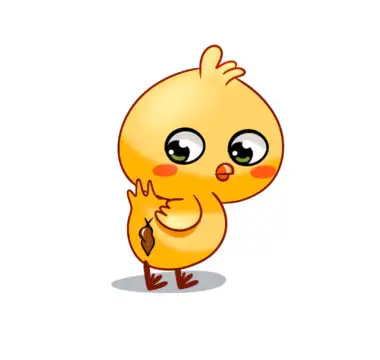
If you’re a chicken owner, then chances are you’ve seen your fair share of pasty butt. A build-up of excrement characterizes this condition around the bird’s vent, and can be quite troublesome if left untreated. Pasty butt can be quite troublesome if left untreated. Pasty butt can lead to dehydration, as well as an increased risk of infection. If you do notice any signs of pasty butt, it’s important to take action in order to prevent further complications.
Issues
In detail, pasty butt is most typically caused by a buildup of moisture and manure blocking the vent. The vent is the opening from which chickens pass their waste. The belly button is located just below the vent, and in baby chicks, this area can have a buildup of tissue as well.
You don’t want to confuse the belly button with the vent. Blockage of the vent can result in serious health problems for your chicken if untreated, so it is important to be aware of pasty butt. Stress can lead to pasty butt, so when baby chicks or chickens need to be transported to a new location, it can lead to issues.
Preparation
The good news is that pasty butt is nothing to worry about as long as you prepare yourself ahead of time. Baby chickens often have issues with pasty butt, but it is very simple to prepare for. Your birds will be quite healthy if problems are caught early and treated. To catch the issues early, you’ll want to be able to identify pasty butt and be sure you are treating it correctly.
Identification
If you plan to do some of your own research on this condition, take note that it is also sometimes called pasted vent, paste up, or sticky bottoms. Pasty butt is an easy condition to identify. You should look for droppings stuck to the down feathers around the chick’s vent. You will want to do this anytime you get new chicks. Additionally, you should recheck the chicks every day for the first two weeks of their lives.
Chicks with longer-term cases of pasty butt may become lethargic. They will not move around their brooder as vibrantly or eat much at all, they’re usually very active little birds, so you can see the difference. They also may show signs of trying to peck at messes stuck to their feathers. Make sure you are employing treatment methods, hopefully before chicks get inactive.
Causes
The most common cause of pasty butt in chicks is stress, so keeping chicks calm, hydrated and content is one key to keeping them healthy. Other causes can include:
- Chicks kept in an incubator too long causing heat stress
- Heat stress due to environmental factors
- Chicks kept in a chilly environment without adequate heat
- Feeding cheap or incorrect food
- Supplying too little water or force feeding too much water
It is not always possible to avoid all causes of pasty butt, especially during transport, but there are otherwise things that can be done to prevent it. Be sure that you have a good heat source for chicks. Don’t guess at temperature and allow room for chicks to move toward and away from the heat source.
Chicks will help themselves to stay warm or cool according to their needs, but only if they have the option. Feed high quality nutrition.You can make your own or purchase commercial feed, but don’t cut costs to the point that your chicks can’t fight off health issues. Be sure chicks have access to clean water. If you have quite a few chicks kept together, you don’t want chicks to have to fight for water access. Create an environment that allows all chicks to find adequate food, water and warmth.
Treatment
It is not difficult to treat pasty butt if your chicks already have it. The first step is to gently clean the area around the vent with lukewarm water. Be sure you are cleaning the vent and not the belly button which is below the vent. Be gentle, and if you can’t clean all the buildup immediately, give the chick a rest and then try again.
It can also help to moisten the buildup and slowly work it away from the down so that it comes away without pain or pressure. Once the vent area is clean, dry with a paper towel or a hair dryer. Only use the hair dryer if it can be run at a very low heat setting. Dab a little vaseline around the vent area to keep it moist and help it heal. Feeding ground oatmeal or plain cornmeal can help add fiber to the diet and clear up pasty butt. So, your step by step guide includes these points:
- Identify the problem as pasty butt
- Address the problem quickly
- Clean the vent area gently with warm water
- The belly button should be avoided at all costs
- Repeat slow cleanings as needed
- Dry the vent area with soft paper towels or low heat dryers
- Dab vaseline or other chick-safe moisturizers around the vent
- Offer a high fiber food source along with regular quality feed
- Consult a veterinarian if you are unsure of any step
Pasty butt is a condition that can be easily treated if caught early, but it’s important to know what to look for so you can identify it and treat your flock as quickly as possible. We hope this article has helped educate you on the causes, symptoms, treatments and preventions for pasty butt. We urge you to take action if you think your chickens may be affected. Thanks for reading!
Share:
Maddie
Blog Categories
Social Media
Most Popular

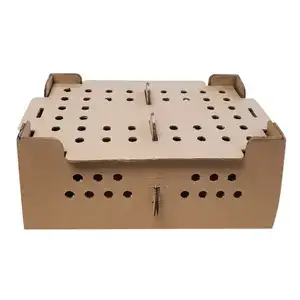
Tips for Chick Season
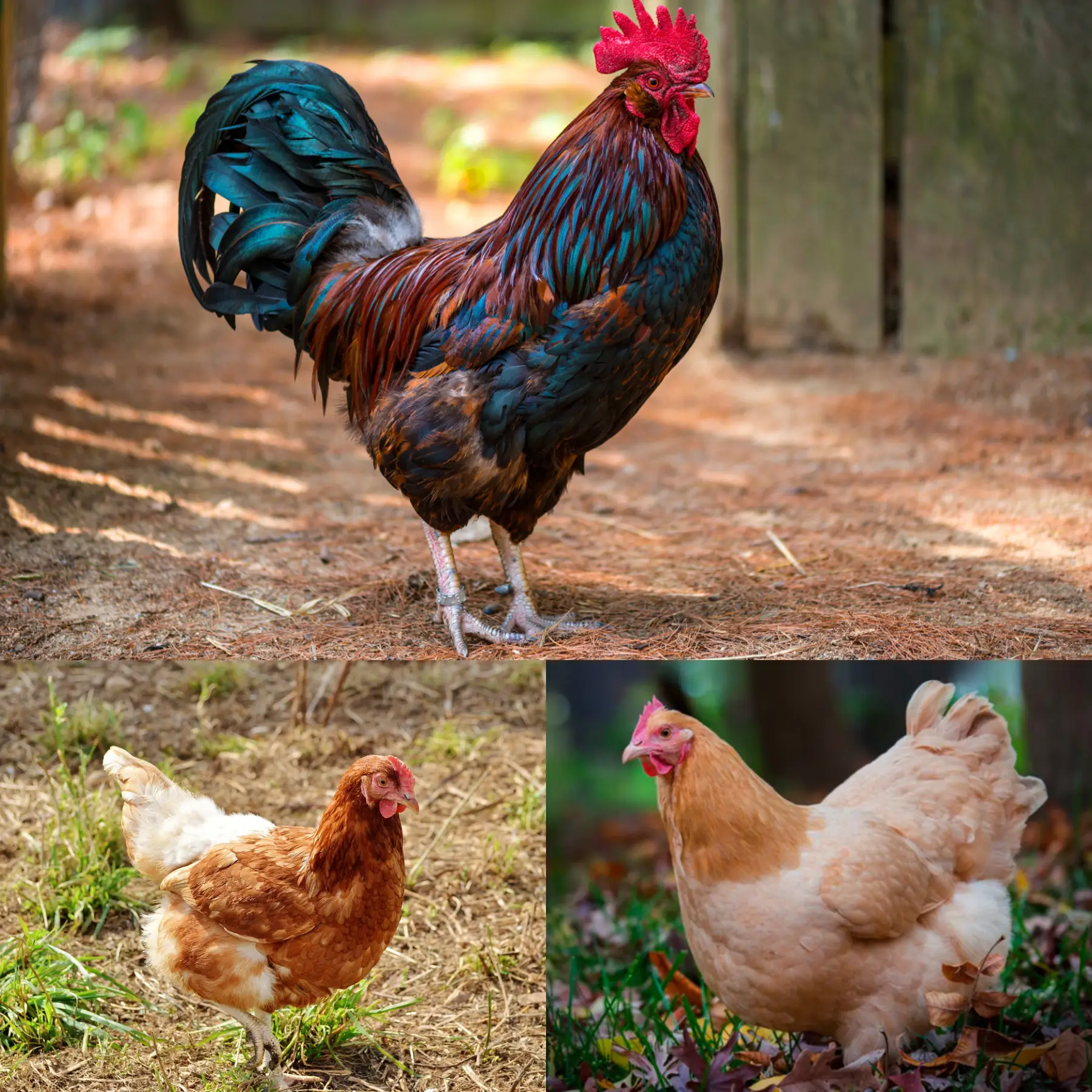
Quick Tips: Hen or Rooster?
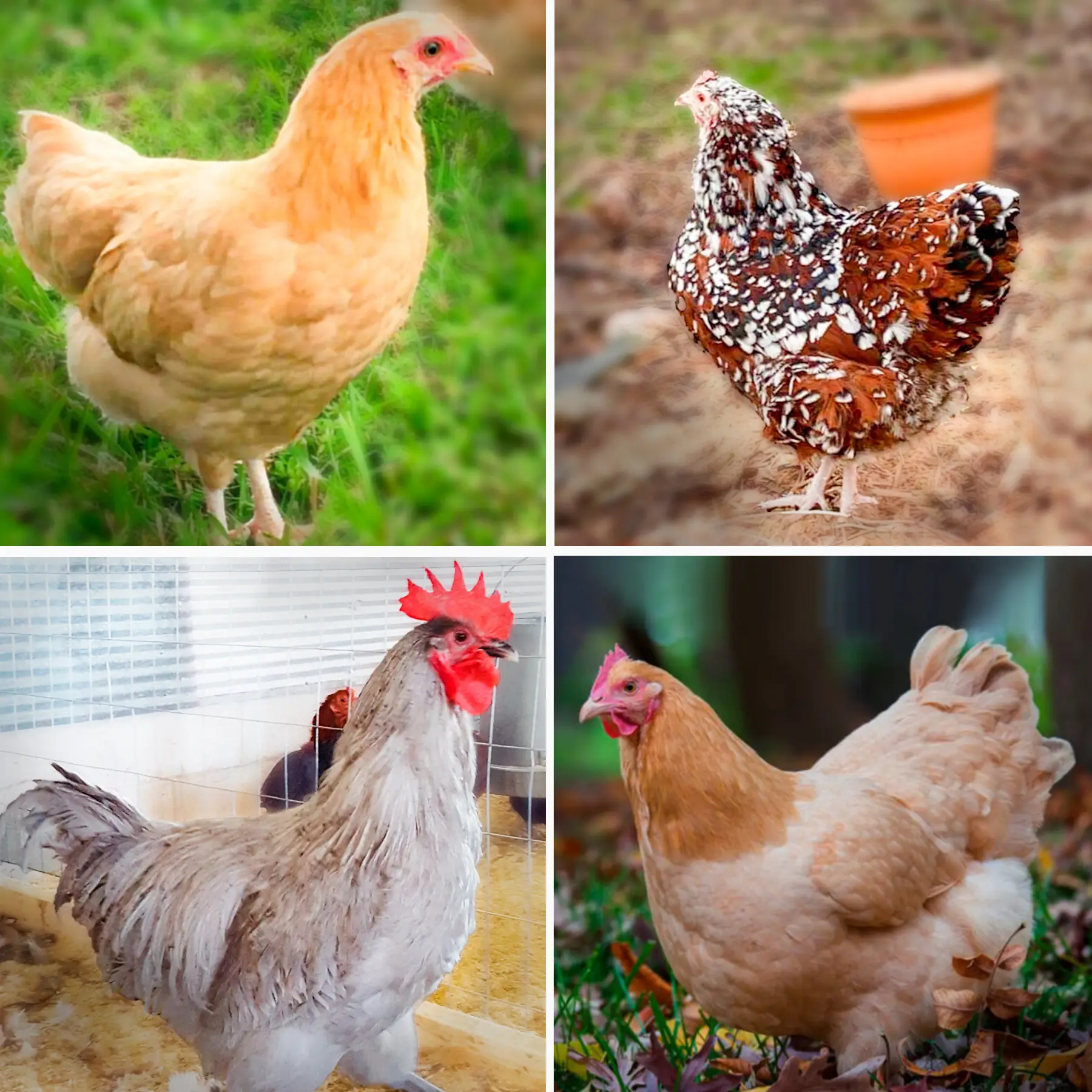
Top 5 Friendly Chicken Breeds for Your Family Flock!
Subscribe To Our Newsletter
Get notifications only about new products and updates.
Related Posts

Quick Tips: Addressing Egg Laying Concerns
Not Getting Eggs from Your Hens? Here’s What You Need to Know! Are your hens taking their sweet time before they start laying eggs, or

Tips for Chick Season
Hey there, chicken enthusiasts! Are you ready for the upcoming chick season at Valley Hatchery? Let us share some tips to make sure your season

Quick Tips: Hen or Rooster?
Image Source: Grubbly Farms If you’ve found your way here, you’re likely in that common situation of scratching your head and wondering, “Is my chicken

Top 5 Friendly Chicken Breeds for Your Family Flock!
Are you ready to add some feathered friends to your family? At Valley Hatchery, we’ve handpicked the top 5 friendly chicken breeds that are perfect


